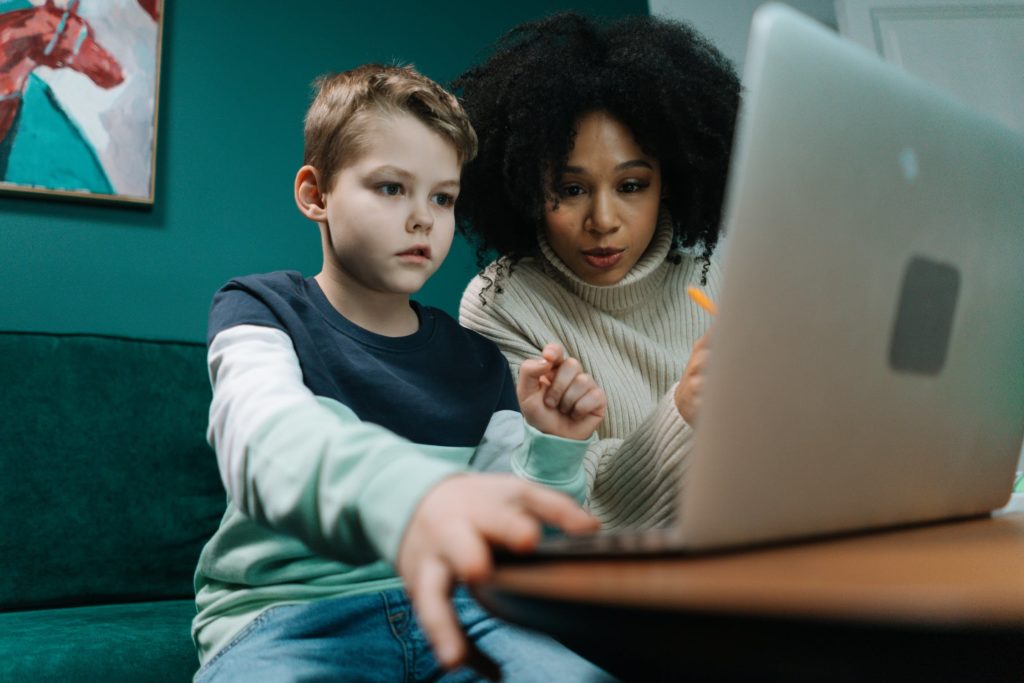Autism spectrum disorder (ASD) is a developmental disability that can cause significant social, communication and behavioral challenges. According to the Centres for Disease Control and Prevention (CDC), about 1 in 68 children in the United States are on the autism spectrum. ASD can range from very mild to severe, and it affects people differently. There is no one-size-fits-all approach to treating autism, but behavioral therapy is often an important part of treatment and it identifies each individual’s’ current capabilities in various developmental aspects such as communication skills, social life skills, play skills, fine and gross motor skills.
What is Behavioral Therapy?

Behavioral therapy is an essential part of an overall intervention plan for any child who received an official diagnose with autism. Behavior therapy focuses on changing children’s behaviors. Behavior means any behavior that is observable and measurable such as eating, writing, reading, drinking, throwing, counting, singing, spinning, painting, dressing etc. It can help children with autism learn new skills and reduce challenging behaviors. Behavioral therapy usually involves one-on-one sessions with a therapist, but it can also be done in a group setting. Children who receive intensive individualized behavioral intervention treatment show better performance in school settings in comparison to children who do not receive ABA therapy or behavioual therapy. Additionally, Children with ASD can receive the intensive behavior therapy meanwhile they attend regular classrooms and this assists in enhancing their learning as well as decreasing any problematic behavior that might occur in the school setting.
There is evidence that behavioral therapy can be helpful for children with autism. In several scientific studies, children who received behavioral therapy at an early age had better outcomes than children who did not receive it. For example, children in the treatment group showed improvements in language and cognitive skills as well as a reduction in challenging behaviors compared to children who did not receive any intervention or those who only received standard care without behavioral therapy.
Does My Child Require Behavioral Therapy?
 Behavioral therapy can also help children with autism spectrum disorder improve their social skills, which are often impaired due to the nature of ASD. For example, children may have trouble making eye contact or engaging in conversations with others because they find it hard to communicate using regular language, especially if they are nonverbal children. Behavior therapists work with children to help them communicate with others using PECS (Picture Exchange Communication System) or AAC ( Augmentative and Alternative Communication Devises) using systematic strategies in which they are engaged in conversations and request what they need from their family members resulting in improved eye contact and communication skills. Some non-verbal children use sign language as a mode of communication. We should outline that behavior therapy principles must be applied with considering an important pillar of Applied Behavior Analysis which is “generalization”. Generalization means that the skill that has been acquired by the child is demonstrated across many people and in different sittings. For example, if the child learned how to initiate conversation with a peer in the classroom or with a family member, the child would be able to initiate conversations with other children in the neighbourhood, school, park etc.
Behavioral therapy can also help children with autism spectrum disorder improve their social skills, which are often impaired due to the nature of ASD. For example, children may have trouble making eye contact or engaging in conversations with others because they find it hard to communicate using regular language, especially if they are nonverbal children. Behavior therapists work with children to help them communicate with others using PECS (Picture Exchange Communication System) or AAC ( Augmentative and Alternative Communication Devises) using systematic strategies in which they are engaged in conversations and request what they need from their family members resulting in improved eye contact and communication skills. Some non-verbal children use sign language as a mode of communication. We should outline that behavior therapy principles must be applied with considering an important pillar of Applied Behavior Analysis which is “generalization”. Generalization means that the skill that has been acquired by the child is demonstrated across many people and in different sittings. For example, if the child learned how to initiate conversation with a peer in the classroom or with a family member, the child would be able to initiate conversations with other children in the neighbourhood, school, park etc.
If you are concerned that your child may have autism, it is important to seek evaluation from a healthcare professional. After a child is being diagnosed with ASD, the first approach to seek is ABA therapy or Behavior therapy. Behavior therapy is an evidence-based approach that has proven its efficacy in treating individuals with ASD. It enhances children’s’ lives and help them learn new skills and reduce challenging behaviors. Thus, we are always present in the multidisciplinary team and we work in collaboration with different professionals such as Occupational therapists and physicians. Do not hesitate to reach out and ask any questions. We are glad to help.


